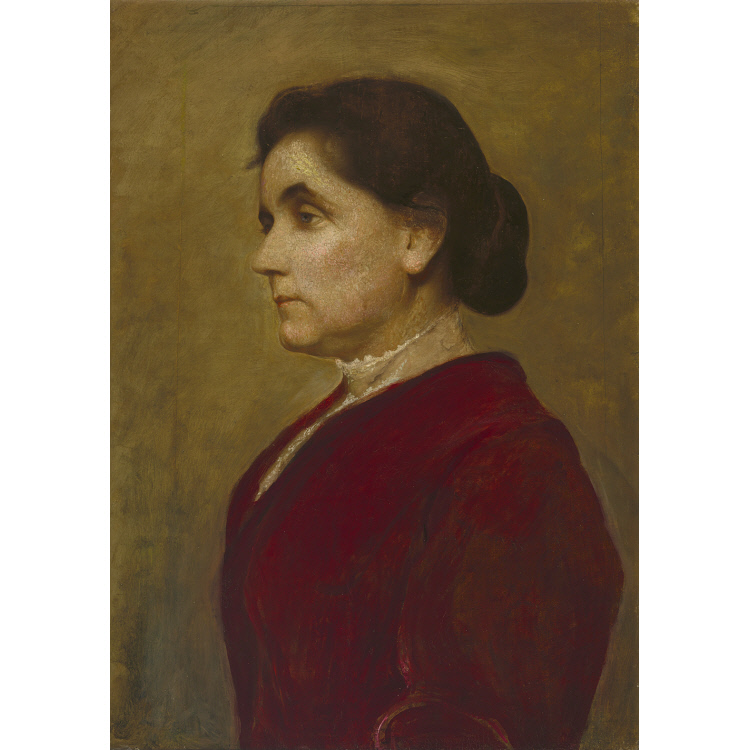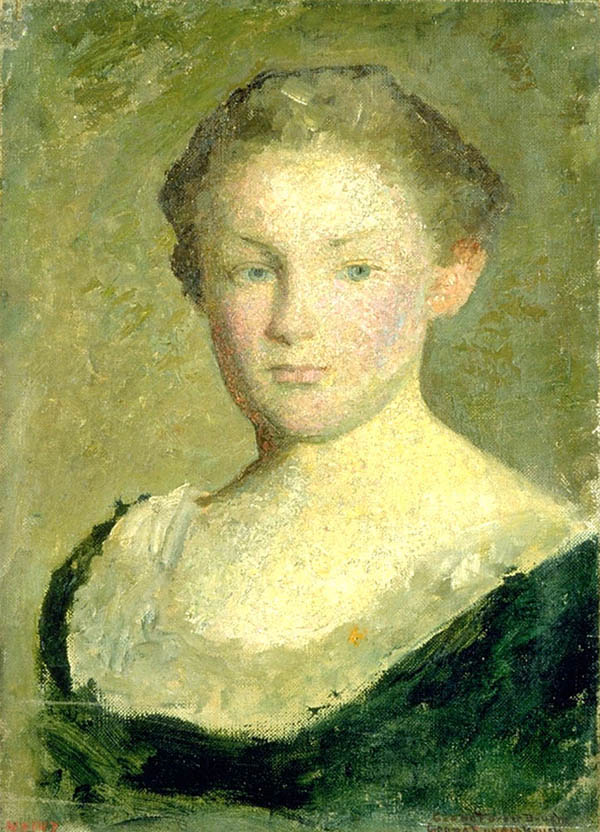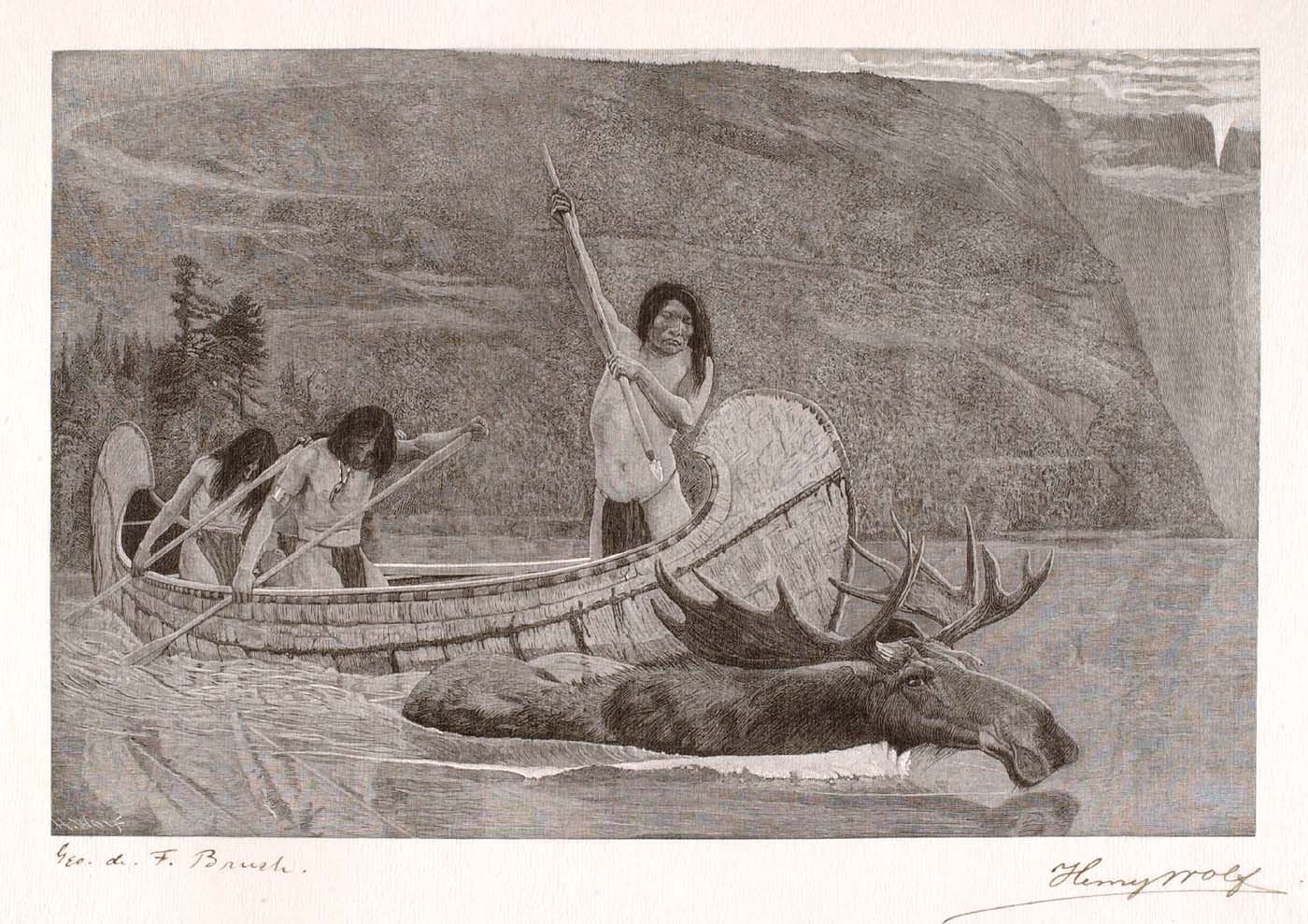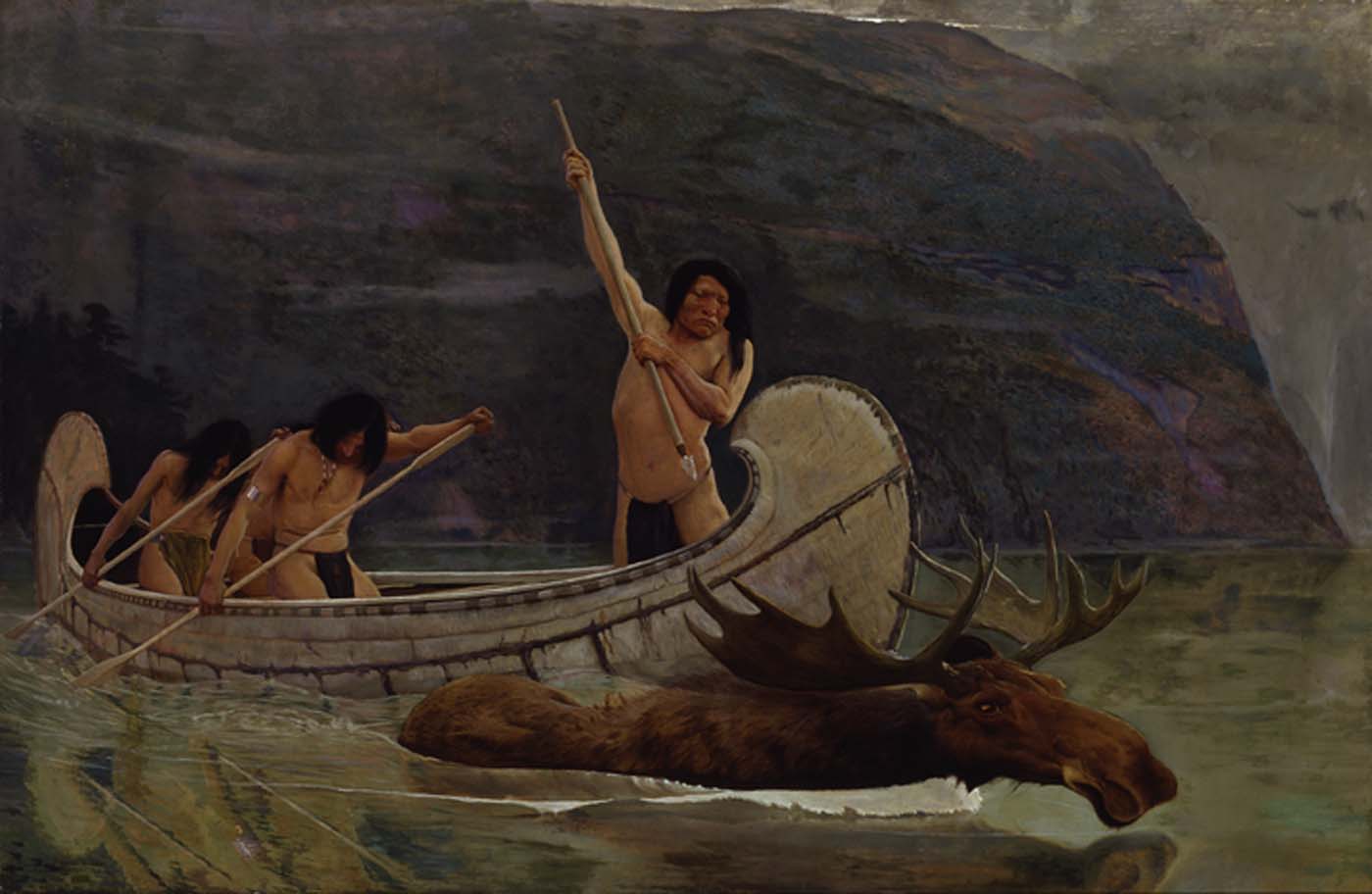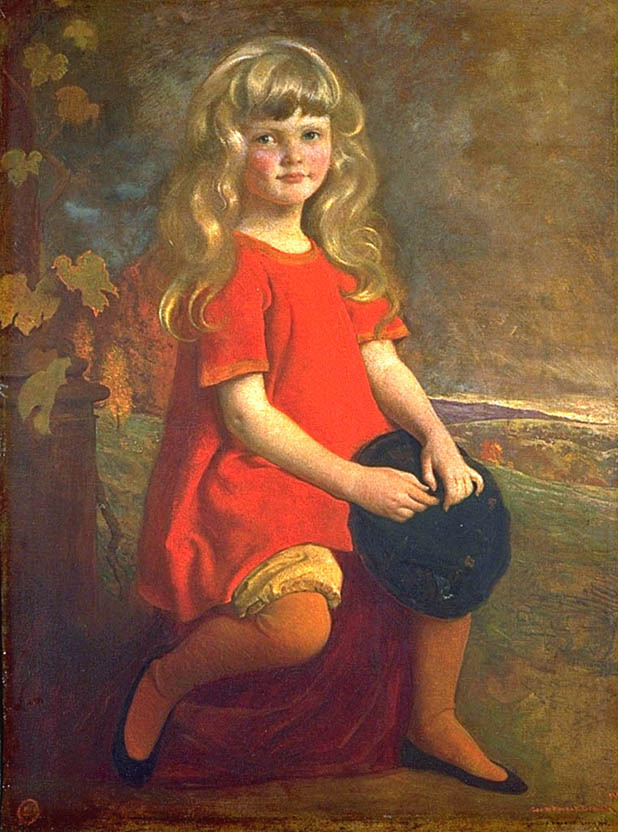George de Forest Brush
Painter. Shortly after the artist was born, his family left Tennessee and settled in Connecticut. At age sixteen, Brush was commuting to New York City to study at the National Academy of Design, and three years later he won a scholarship to the Ecole des Beaus-Arts in Paris, where he worked under Jean-Léon Gérôme. Brush's trips West began in 1881, with visits to the Shoshone, Arapaho, and Crow Indian tribes in Wyoming. He became a respected and influential friend of the Crow in the years that followed and produced reasonably accurate views of Indian life for Harper's and Century magazines. After he returned to the East in late 1885, however, his Indian subjects became more ideal and poetic, as if he were trying to recapture the ancient spirit of the race. By the turn of the century, Brush was better known for his portraits of women and children conceived in the image of Renaissance Madonnas.
References
Brush, George de Forest, "An Artist among the Indians," pp. 54–57.
Bowditch, Nancy Douglas, George de Forest Brush: Recollections of a Joyous Painter. Peterborough, N.H.: Noone House, 1970.
Morgan, Joan B. "The Indian Paintings of George de Forest Brush." American Art Journal 15 (Spring 1983): 60–73.
Charles Eldredge, Julie Schimmel, and William H. Truettner Art in New Mexico, 1900–1945: Paths to Taos and Santa Fe (Washington, DC: National Museum of American Art, Smithsonian Institution, 1986)


